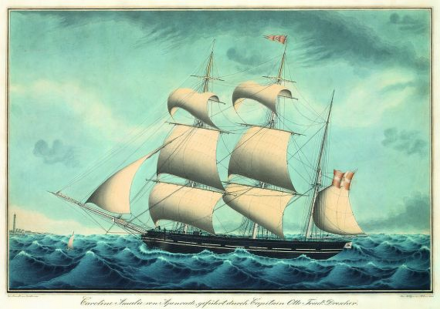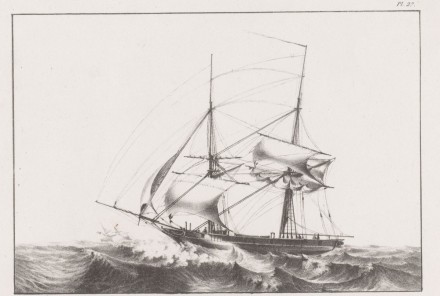History
In June 1994, the Waterways and Shipping Office of Cuxhaven notified the responsible district archaeologist in Lower Saxony (Germany) about the discovery of a new shipwreck at Belum-Sand in the Elbe River. The district archaeologist requested assistance from the State Archaeology Department of Schleswig-Holstein (ALSH) for the investigation of the wrecksite. The ALSH conducted a four-day survey of the site in July 1994, which was only accessible at low tide. The survey was carried out with tape measures, a total-station and a levelling instrument, through which the frames and hull dimension could be recorded. Only the bottom section of the shipwreck was preserved.

Description
The ship was entirely built of oak timber and the planks were fastened with oak treenails to the frames in the carvel-built fashion. The general state of preservation and tool marks indicated that the wreck had been demolished after its loss.
Only every second frame comprised a floor timber. These regular frames were alternating with half-frames at regular intervals, leaving small gaps of five cm between all frames.
Although five samples were taken from the frames, none could be dated through a dendrochronological analysis. Small finds like glazed stoneware and bricks roughly indicate a date in the 18th century.
Based on the reconstructed deadrise and the general dimensions, no ship-type could be conclusively inferred, although a medium-sized merchant vessel like a brig was suggested as possibility.

| Length | 98 ½ feet (30 m) |
|---|---|
| Width | 18 ¼ feet (5.6 m) |
| Beam | 26 ¼ feet (8 m) |
Status
Situated in the embankment foreland of the Elbe River in close proximity to a major shipping channel, the wrecksite is subject to erosion, which could be aggravated by general decomposition and ice-floes. The foreland forms part of a natural reserve, so a direct anthropogenic impact was ruled out.
References
- Englert, A., Feiler, A., Kramer, W., Nakoinz, O. (1996).
Ein frühneuzeitliches Wrack von Belum-Sand, Kreis Cuxhaven.
Archäologische Nachrichten aus Schleswig-Holstein 7, 1996.
pp 147-155.